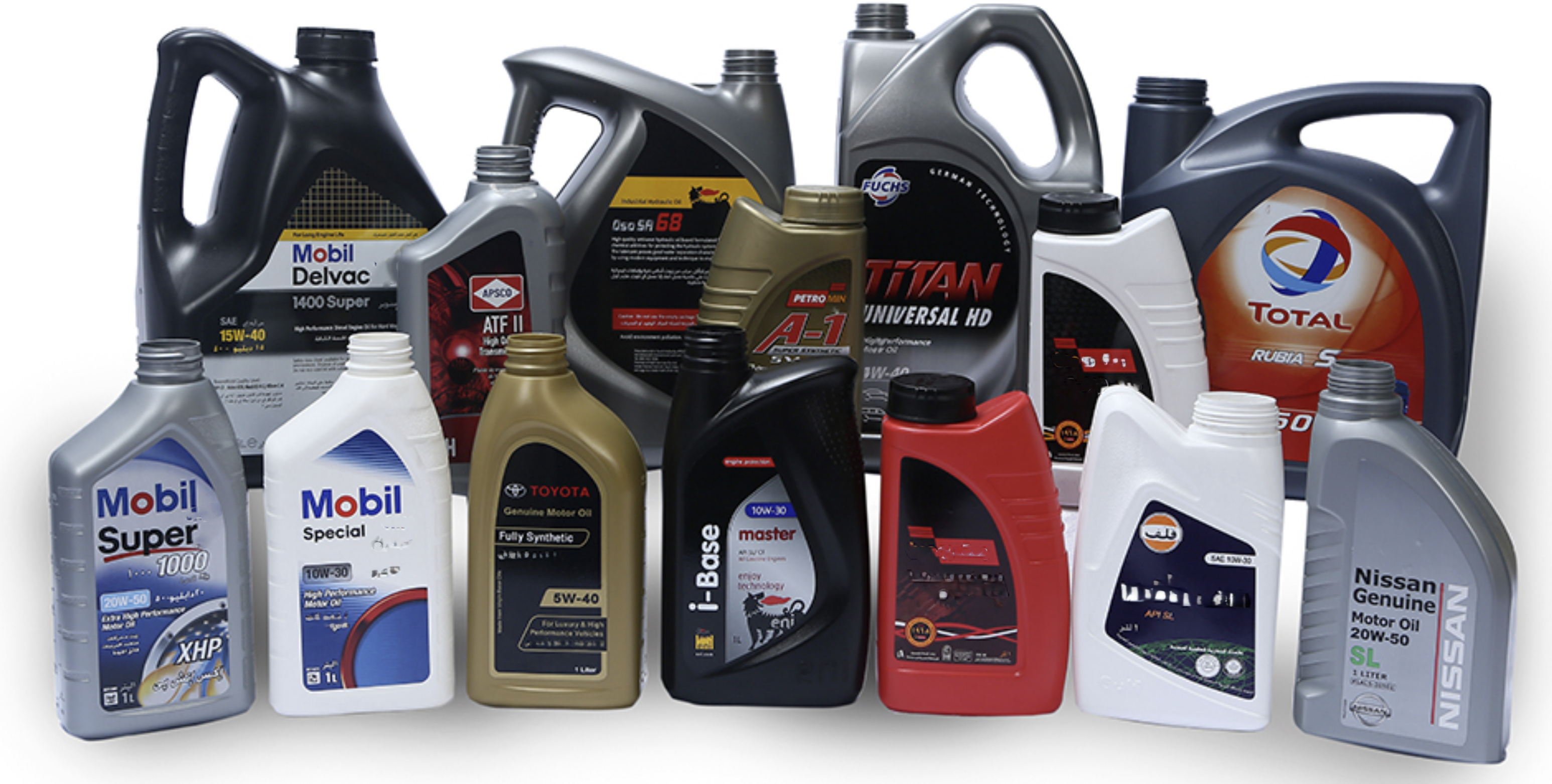
Lubricant Analysis
Your standby generator is literally a “well-oiled machine.” To run safely and reliably, it needs regular oil changes just like your car.
Our oil analysis inspects the lubricant’s thickness, temperature response, and contamination with abrasive solids, metal shards, or additives. Each of these gives us thorough insight into your engine’s condition. This helps us determine the next steps to keep your equipment functioning properly.
What our analysis tells you…
What does lubricant analysis tell us about your standby generator engine?
Lubricant Viscocity
The right engine oil thickness is critical to your generator running properly. It thins out over time, making it less likely to protect your engine’s moving parts from scraping against each other. This can wear out these moving parts or make them lock up, requiring an entire engine replacement.
Temperature Response
Why should you care about engine operating temperature? Because engine oil thins with high heat. Newer oil retains its thickness even when ambient temperatures are hotter. But older oil can thin in high heat, wearing out your engine.
Contaminants
Abrasive particles in your generator’s oil can make it ineffective by adding friction between moving parts, instead of reducing it. If those solids include metal shards, there’s a good chance your engine oil has already broken down and engine friction is causing those moving parts to score.
Learn more…
See our library of helpful resources to learn more about the importance of proper standby generator engine maintenance.
